Friday 8th to Thursday 14th April
After a week in Prince Rupert Bay we sailed down the coast to Roseau, the capital of Dominica.
We had heard that Sea Cat was the man in Roseau and it was one of his ‘associates’, Greg, that met Vega as we neared the bay, and led us to one of Sea Cat’s moorings. Our priority was to get our outboard to the Dominican Marine Centre there and hopefully fixed, and after attaching Vega to the mooring buoy Greg and Hugh took the outboard in Greg’s wooden boat over to the yard. We wondered why Sea Cat, who turned out to be very engaging and energetic, was so named. Something to do with his real name being Octavius to Octopus to Sea Cat?! He has a house on the sea front where he lives with his family, his brother in law and family living on the floor above, and a jetty where we could leave the dinghy. He had organised a Saturday night barbecue for the yachts moored on his moorings but I felt too exhausted to attend after traipsing around Roseau in the heat, which I later regretted as declining hospitality in the Caribbean can cause offence.
The town of Roseau was surprisingly pretty and colourful, although it is clearly one of the poorest of the West Indian capitals. Stray dogs and chickens roam the streets. It has a very splendid Parlimentary building and a new national stadium, financed and built by the Chinese. The band had inadvertently played the National Anthem of Taiwan during the handing over ceremony by the Chinese government in 2007. Oops. The schoolchildren were leaving school as we visited, crowding the pavements three abreast in their school uniforms, the older ones flirting, just like schoolkids in Bristol.
We hitchhiked up into the hills on Sunday as the buses weren’t running and had hoped to trek part of the Waitukubuli National Trail, which runs through the rainforest, but after a steep climb and then looking at the deep valley we would have had to traverse, we ended up buying lunch in a roadside café. Fish and rice for me, and macaroni cheese, a local specialty, for Hugh, which we ate outside, joined by a very charming and handsome local bus driver who, at 56 years old, was dating the much younger woman running the café, and proudly admitted to fathering 15 children of whom six bore his name. He clearly enjoyed life. We walked through the pretty, flower filled village of Giraudel and hitched back to Vega.
We had arranged with Sea Cat to do the seven hour trek to Boiling Lake, which is the toughest trek on the island. He picked us up at 7am from Vega and we drove through the Monday morning rush hour traffic in Roseau and up, winding through mountain roads to the start of the trail. We had come properly equipped for such an arduous trek. Walking boots, hats, pacamacs and rucksacks bulging with essential supplies including lunch, biscuits, bottles of water, insect repellent and suntan lotion. Our guide, 26 year old Ken, wearing t-shirt and shorts, was bare footed. He picked a large leaf to use as an umbrella and drank from clear mountain springs along the way. We plunged deep into the rainforest along the well marked track. Ken pointed out different trees, plants and birdsong, and kept up a stream of chatter, which as the walk progressed developed into a discussion of world politics. Sea Cat had provided stout wooden sticks which we were glad of as the path became steeper, narrower and more uneven as it climbed to the top of mountain ridges and plunged down deep into valleys. Only another three mountains to the Boiling Lake joked Ken unhelpfully. It rained intermittently, at times heavily, and the path was thick with mud and deep puddles. Eventually after three hours, although it seemed longer, we arrived looking down on the Valley of Desolation. We could see the young French couple who had bounded past us earlier on the path were crossing the Valley below us. The steep path wound its way down, with timber steps otherwise it would have been just a long steep mudslide of a path. The Valley of Desolation is a volcanic area, a barren gash in the rainforest apparently devoid of life, with hot springs amongst the rocks some covered with yellow sulphur crystals. The Boiling Lake was another agonising half a mile further on, over the next ridge, and is really boiling. It is a flooded fumarole, a crack in the Earth’s crust, and the water in the lake seeps down to the molten lava below and is heated to boiling point. It is 200 metres across, enclosed by steep cliffs and covered in a dense layer of steam. We ate our lunch hurriedly, on a ledge overlooking the lake, taking photos of the bubbling water when the steam cleared briefly. On the way back we stopped at a sulphurous mountain pool, fed by a small waterfall and warm like a hot tub, and felt briefly refreshed after soaking our aching bodies in the water. The route back seemed shorter than the way there although our knees were hurting more. At one point a group of men who had been working in the rainforest cutting timber to keep the trail maintained, came past us down the steep, slippery and uneven path at a running pace, laughing and joking amongst themselves and with Ken, as we struggled slowly and painfully back, step by step. Ken sauntered along ahead in his bare feet, as if it was all a walk in the park for him. But we made it… It took us 9 hours, and it made us realise how unfit we are becoming on the boat without regular exercise, and we have resolved to do more walking and trekking… though I don’t suppose that resolution will last long.
We have been amazed at how different each of the Caribbean islands that we’ve visited are, in many different ways. The scenery of Dominica is rugged and dramatic, with high mountains and deep valleys, much of it covered in dense rainforest. There are nine active volcanoes on Dominica although the last major eruption was over 500 years ago. The standard of living in this part of the Caribbean has improved massively over the last 30 years largely due to tourism, but Dominica has not exploited this so much and tourism here is relatively low key. There are not so many of the long sandy beaches that are found on the other islands, no big tourist resorts, there is no international airport, and the government has promoted eco-tourism rather than mass tourism. Some cruise ships visit but these are infrequent. Many of the roads are in poor repair especially after damage caused by Tropical Storm Erika last year, and tend to be single lane compared to the fast, busy, modern highways of French Guadeloupe. There are other signs of their relative poverty evident in the shabbiness of many of the homes, the sparsity of goods in the supermarkets and the lack of development and signs of consumerism. Dominica produces fruit and vegetables to supply many of the islands in this part of the Caribbean, but on individual small holdings. Banana, plantain, tomatoes, cucumber, pineapples, limes are all on sale by the roadside. We found the people of Dominica to be open, friendly, and very proud of the beauty of their island and decided it was one of our favourite islands so far, along with The Saints and Barbuda.
One night bored of cooking on the boat we ate at the Anchorage hotel, next to where we were moored. There was only one other couple eating who had just arrived from Australia to spend a week swimming with sperm whales. There is a group of sperm whales who frequent the waters off Dominica and the organisers use sonic hydrophones to locate the pod and they then swim amongst the whales. I couldn’t decide whether it would be thrilling or terrifying. Probably both.
We caught the local bus down to Soufriere Bay to snorkel. The buses are a great way to travel. You stand by the side of the road and can usually flag one down. According to the guide books you are supposed to greet the other passengers with a cheery ‘good morning’ as you get on, but when Hugh tried this we were mostly ignored. Our bus appeared completely full but the driver still stopped to pick up a rather large lady and her child, everyone on the bus rearranged themselves and she managed to wedge herself in between the three other passengers on the back seat. The bus will divert off its usual route down little country roads to drop off passengers by their front doors, so it is a good way to see more of the countryside. We spent the afternoon snorkelling in Soufriere Bay, the shoreline the rim of a sunken volcano crater, and later on Champagne Reef, so named as streams of bubbles rise from little holes in the sea bed, caused by hot springs escaping from an underwater volcano. The water is noticeably warmer here and supposedly popular with schools of squid, though we only saw the usual brightly coloured fish you find on shallow reefs. I was thrilled to meet a real vulcanologist, Rob, here, who has a PhD from Bristol University and who had been working in Monserrat whilst the volcano was erupting in the 1990s. He is now living on Dominica and assured us that he wasn’t wanting any of the volcanoes there to erupt but was hoping to get local schoolchildren more enthused about the science of volcanoes.
In the meantime the mechanic at the Dominica Marine Centre was unable to fix our outboard as he couldn’t obtain the necessary parts. He offered us a trade in but we decided to see if we could get it fixed on Martinique, our next stop, which has a big marina in the south of the island where we hope we can get what we need.
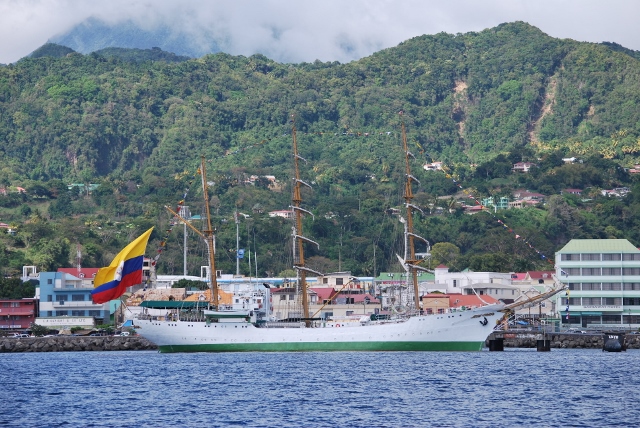
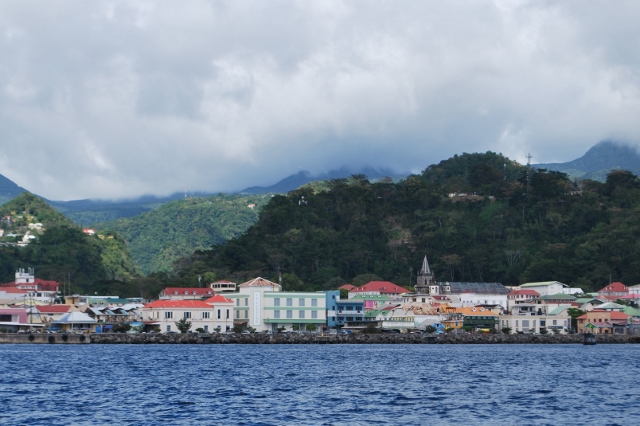
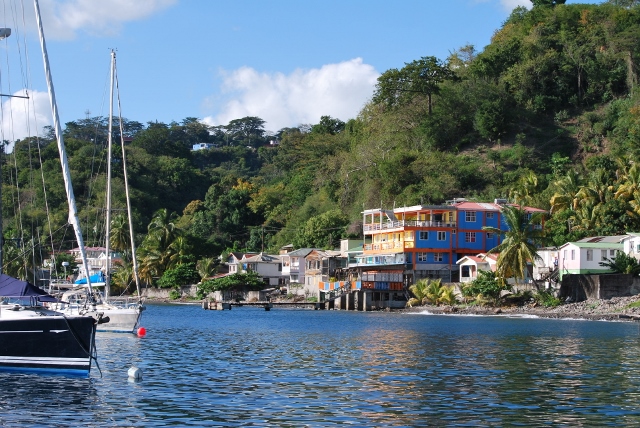
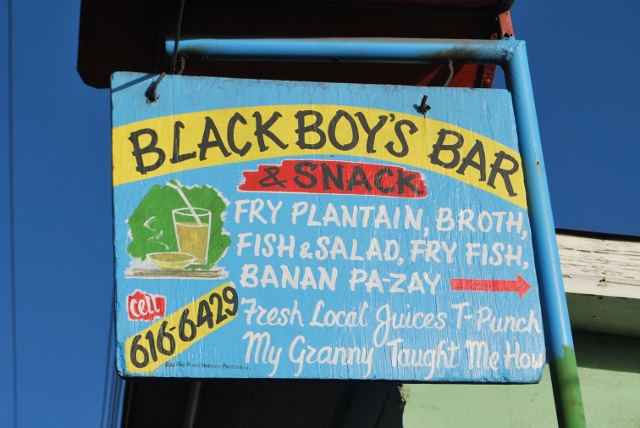
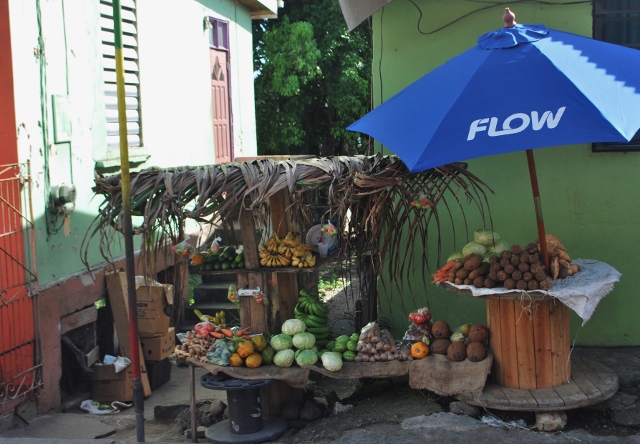
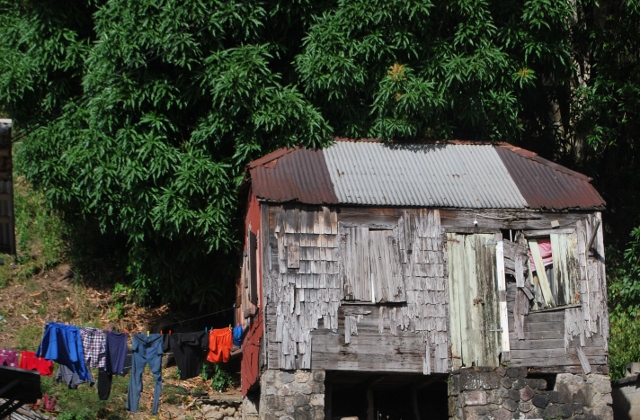
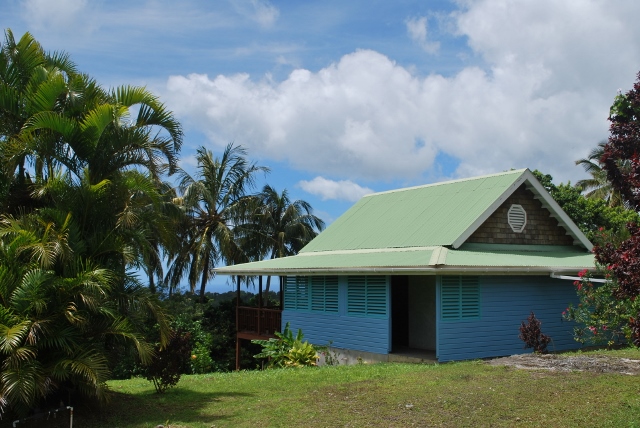
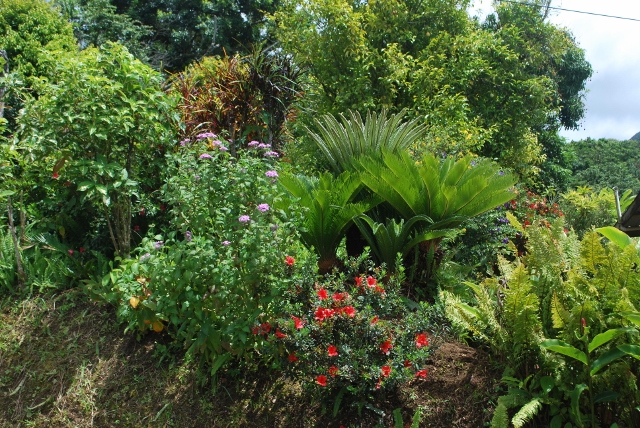
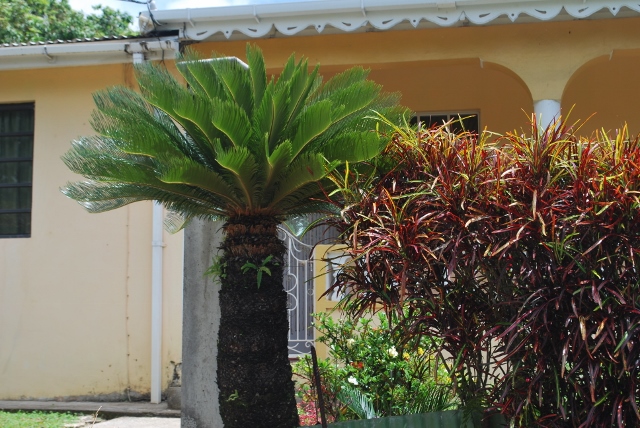
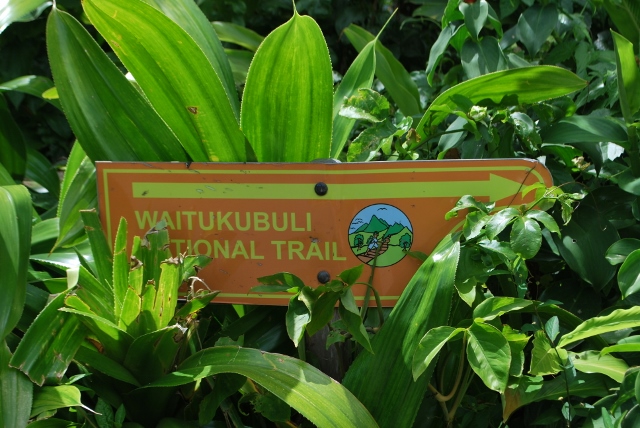
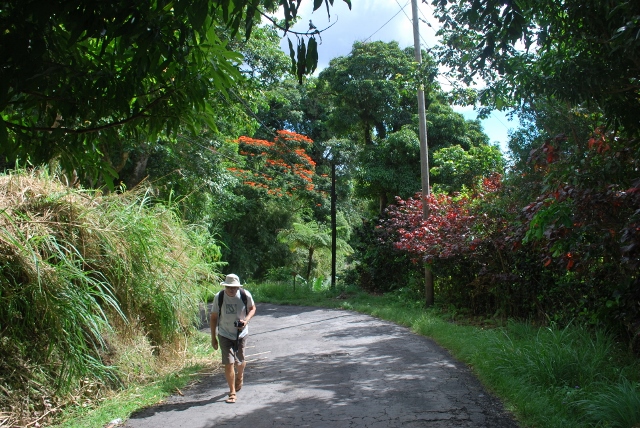
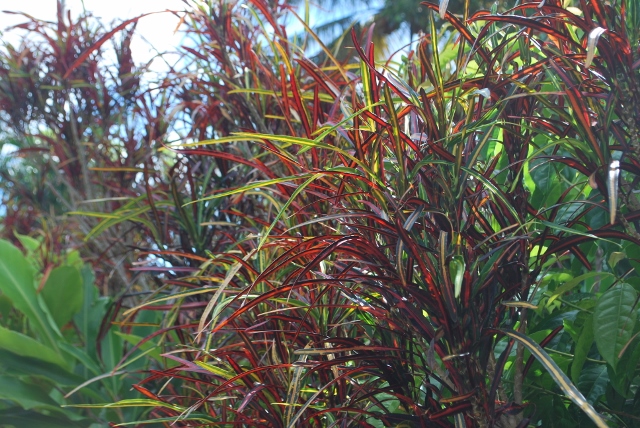
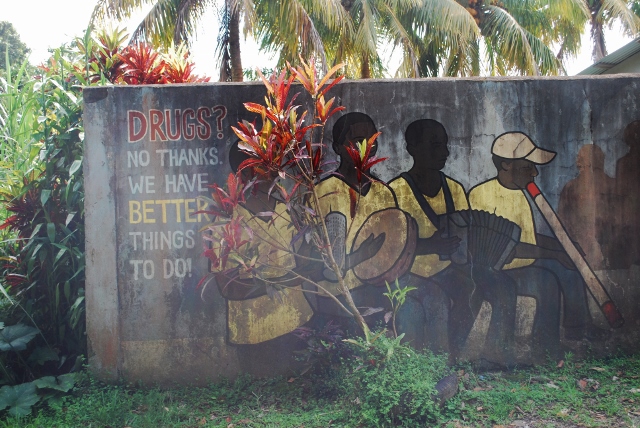
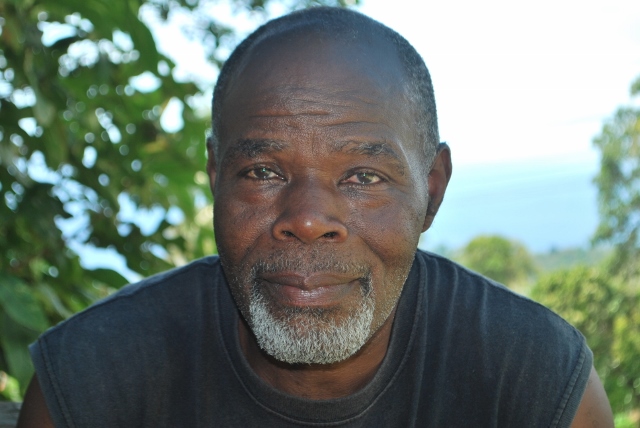
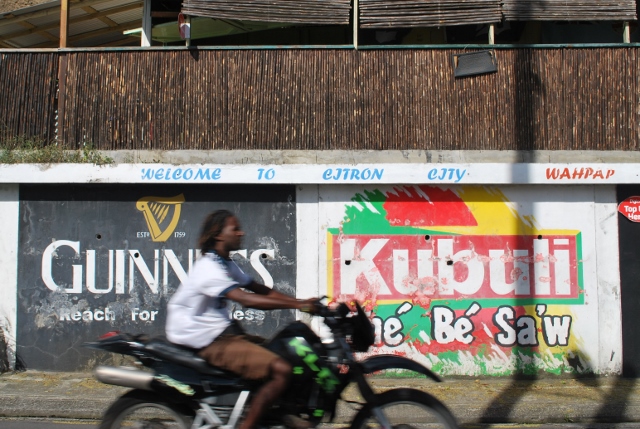
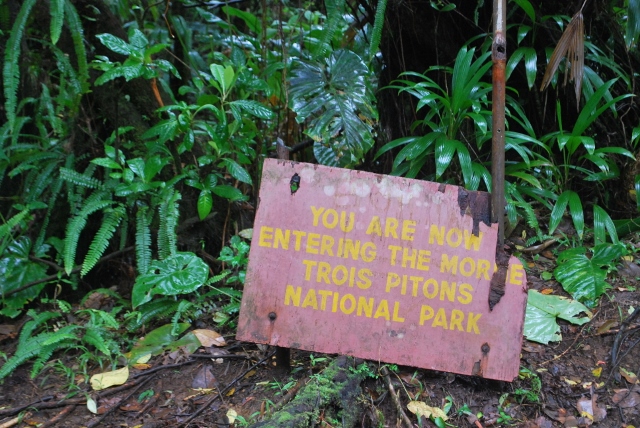
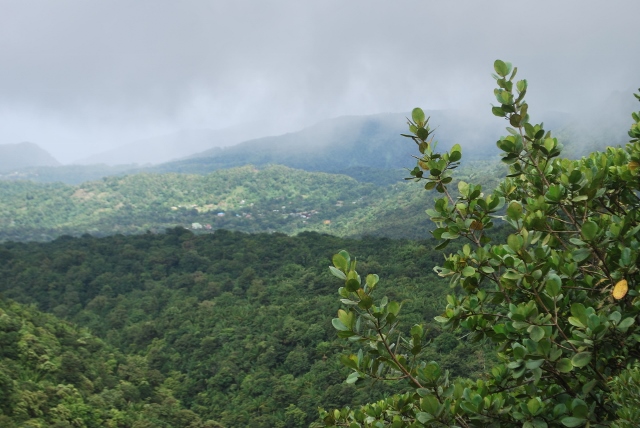
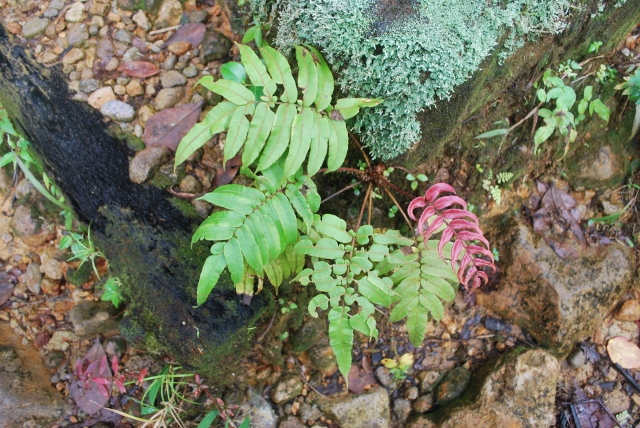
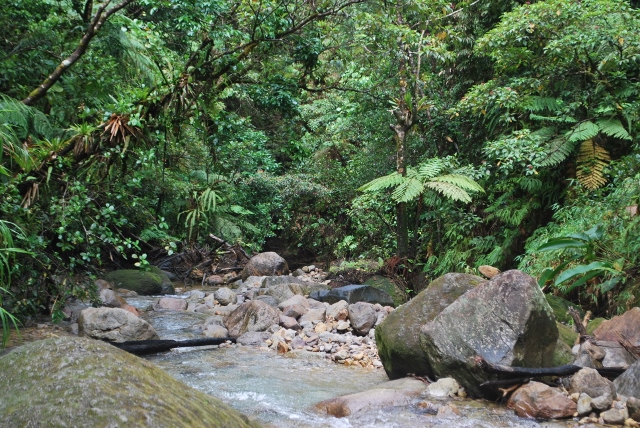
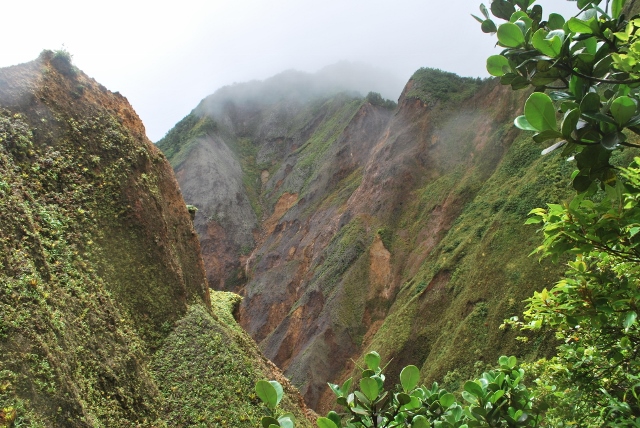
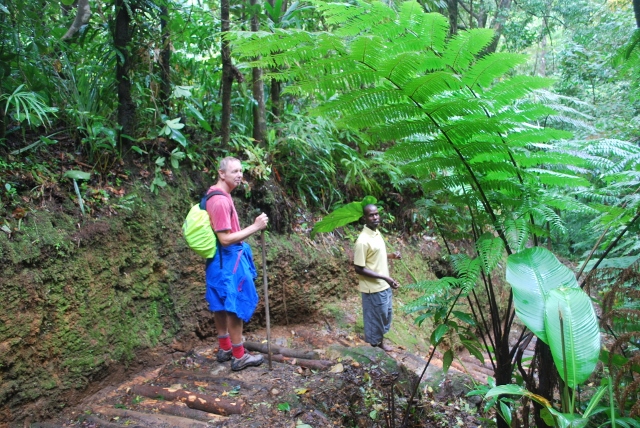
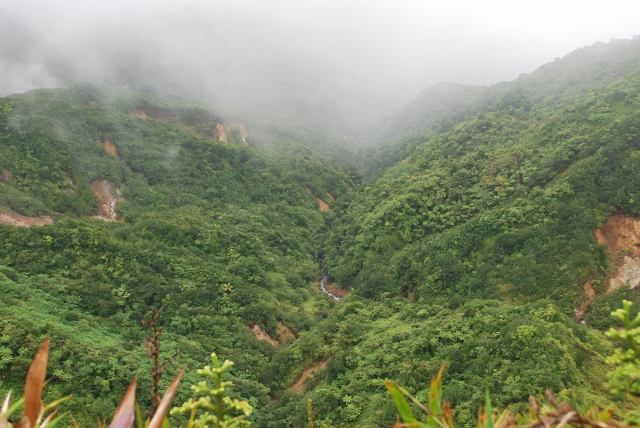
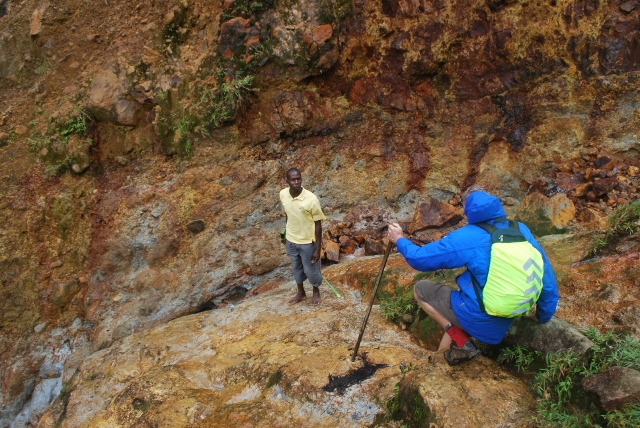
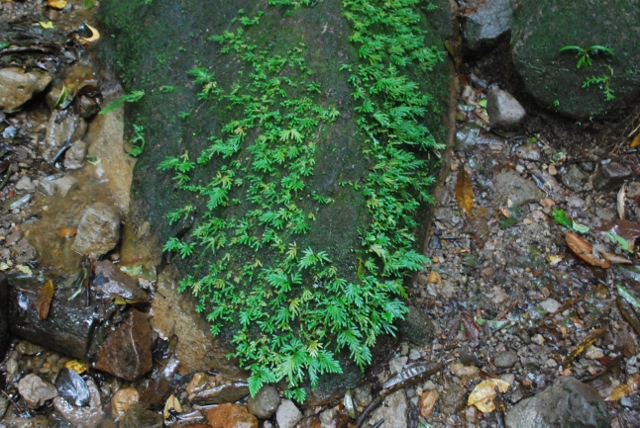
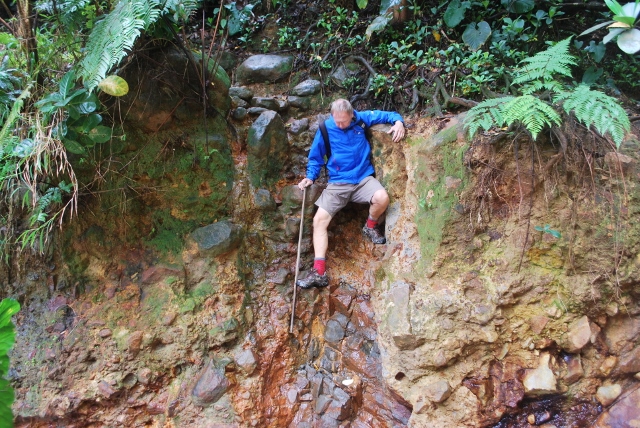
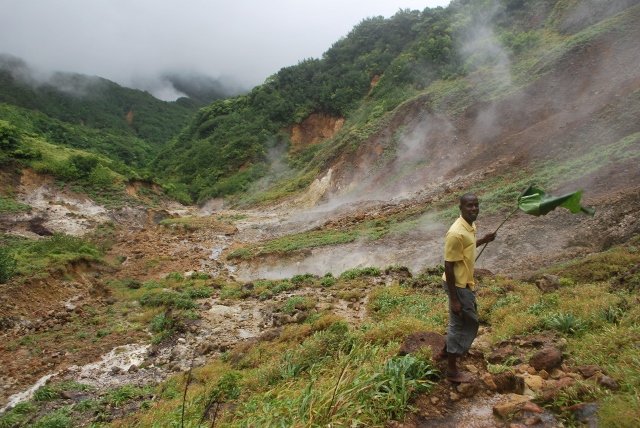
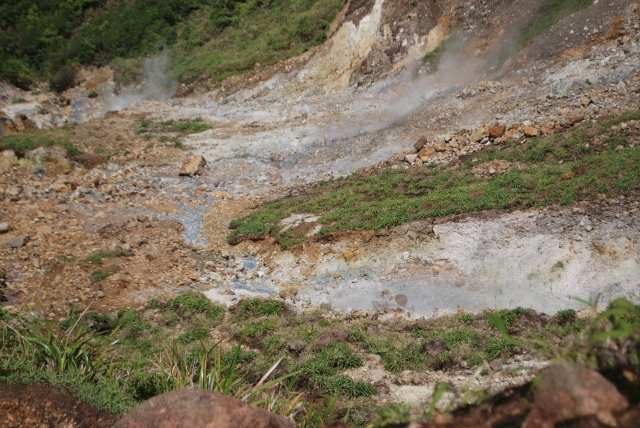
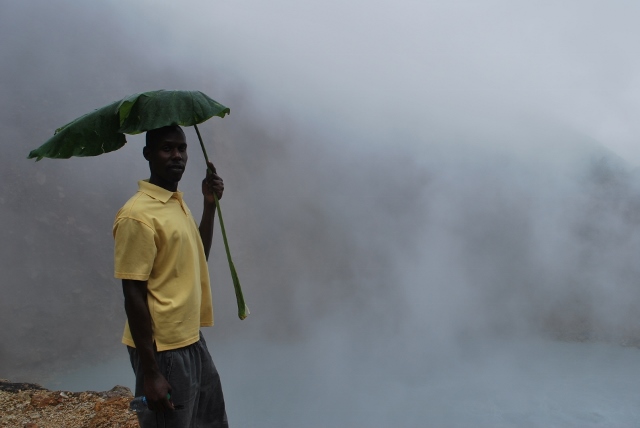
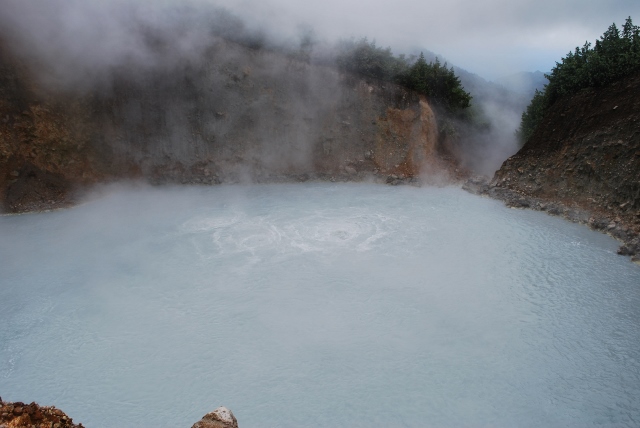
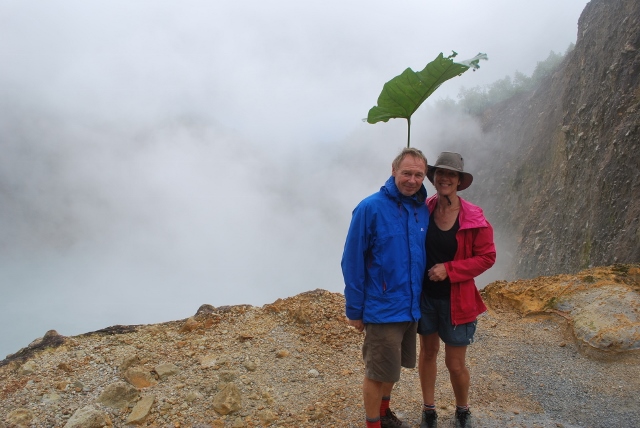
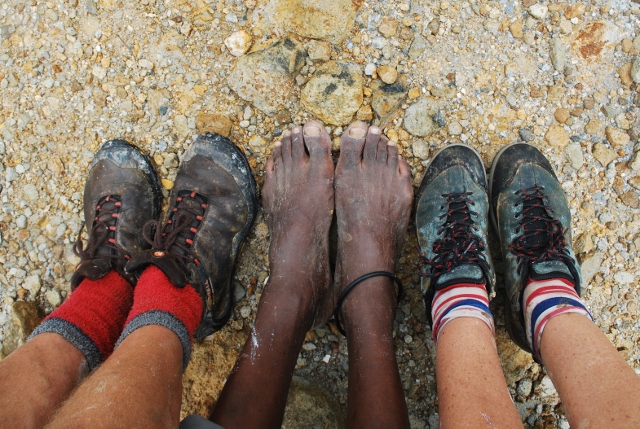
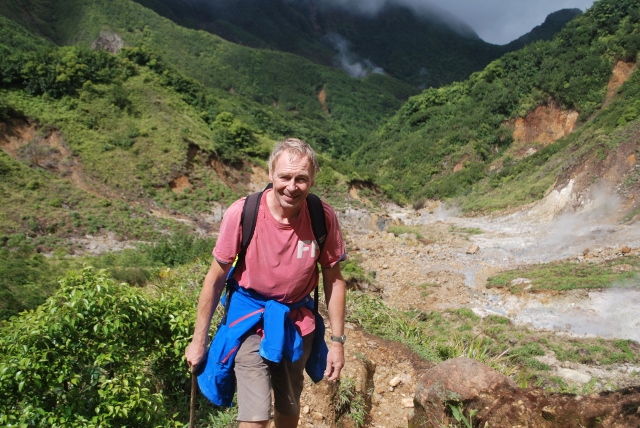
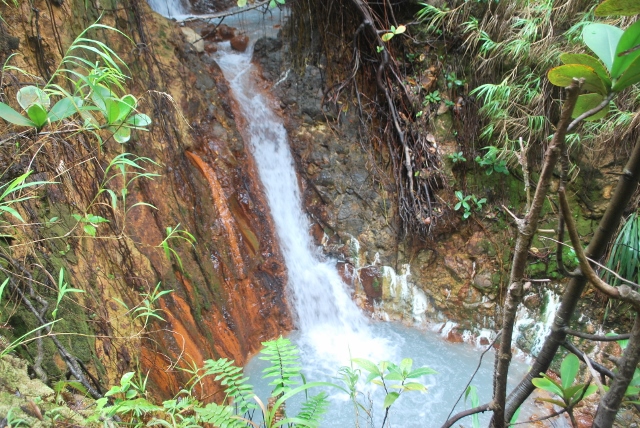
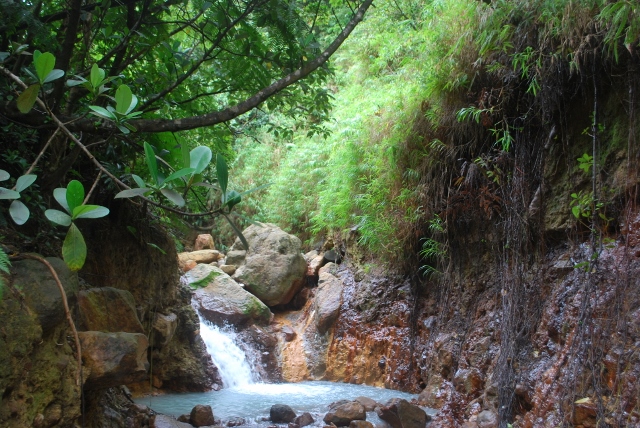
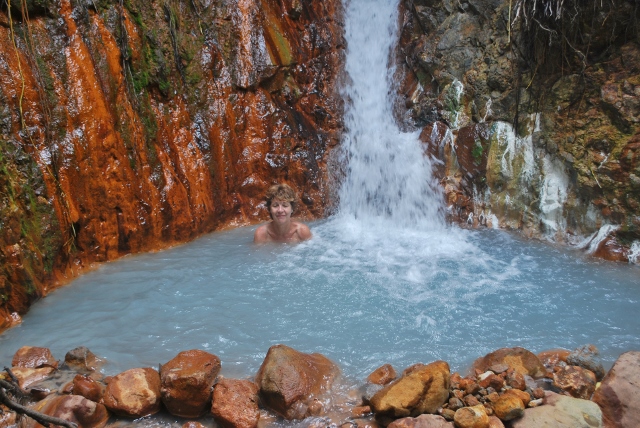
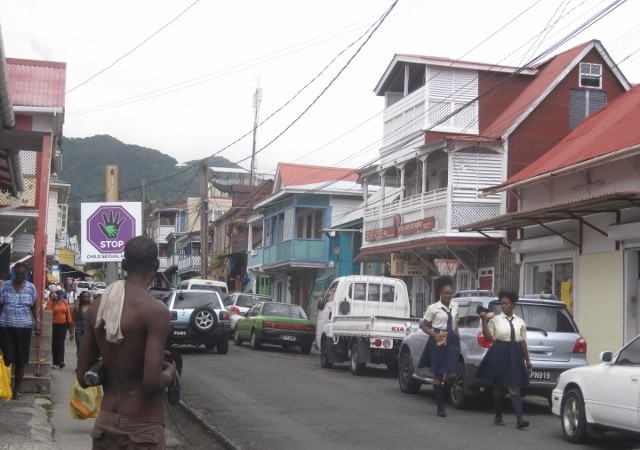
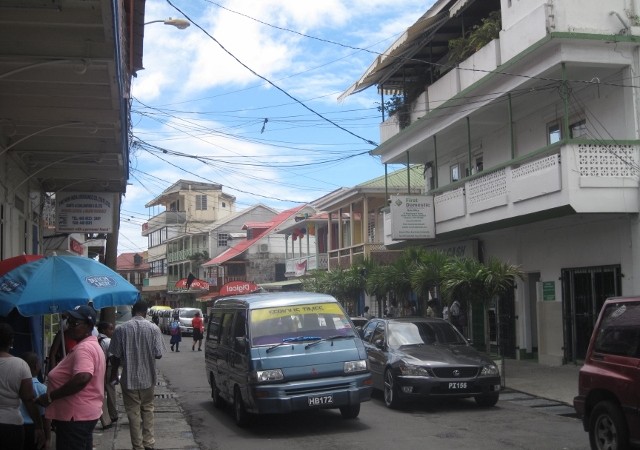
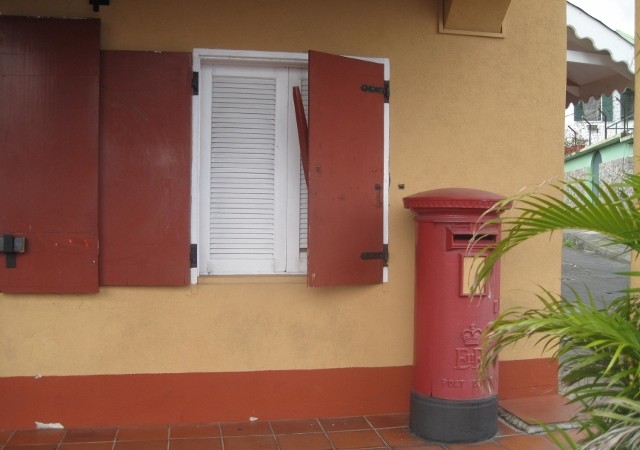
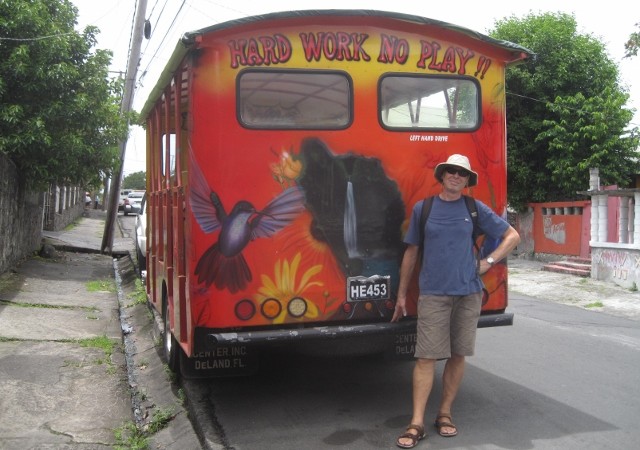
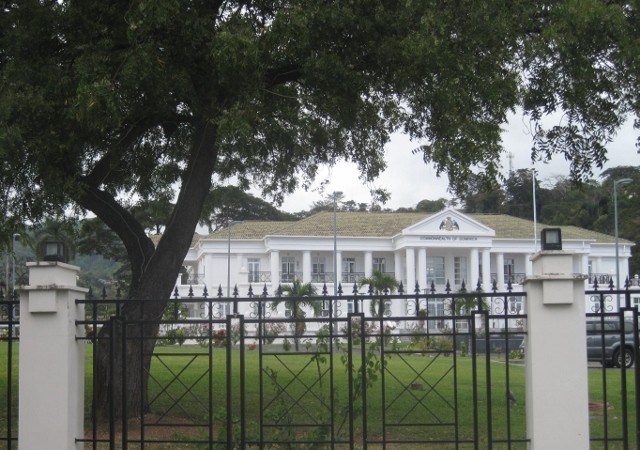
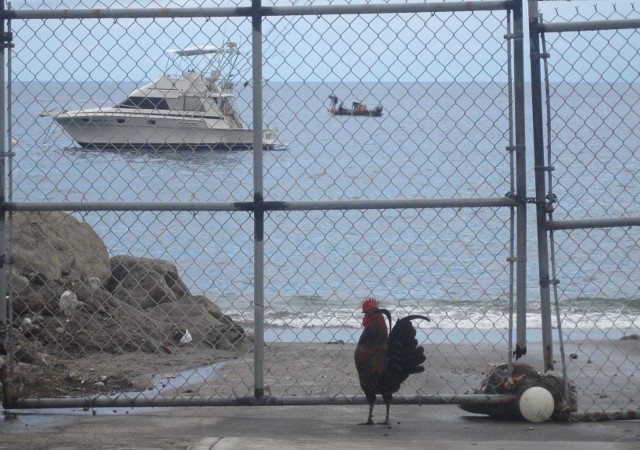
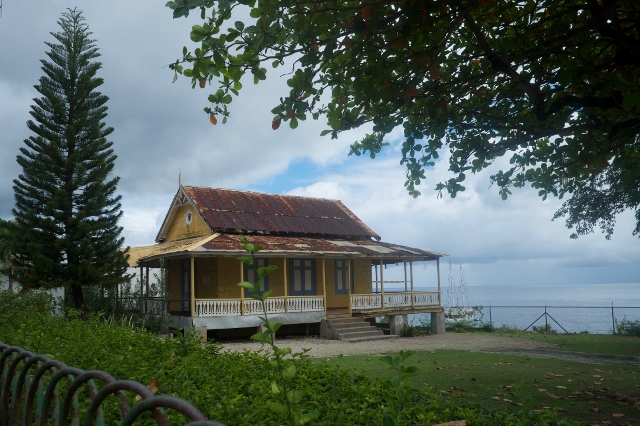
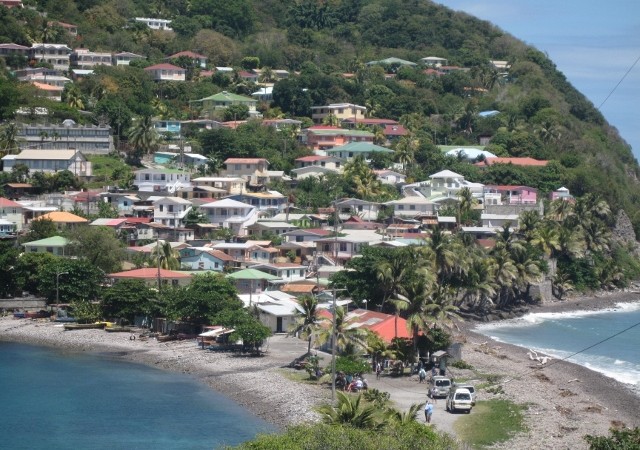
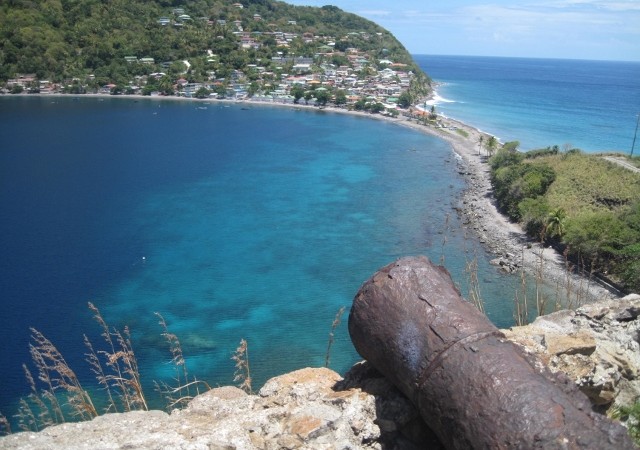
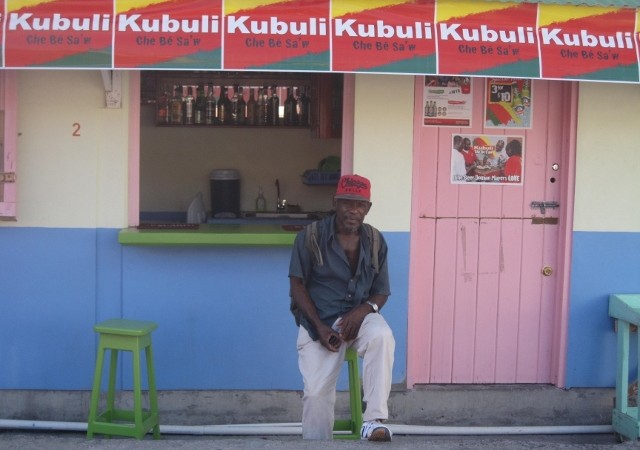
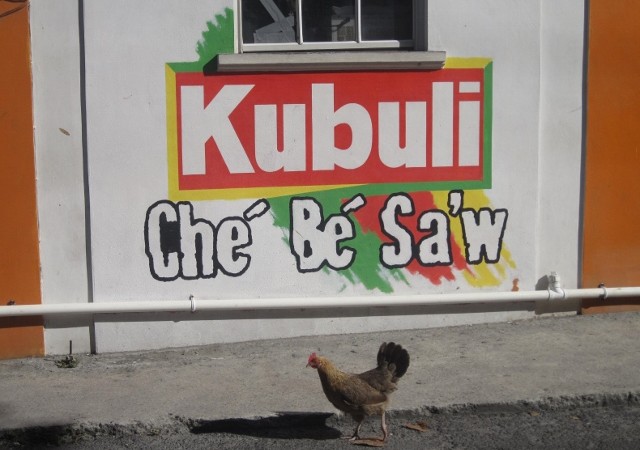
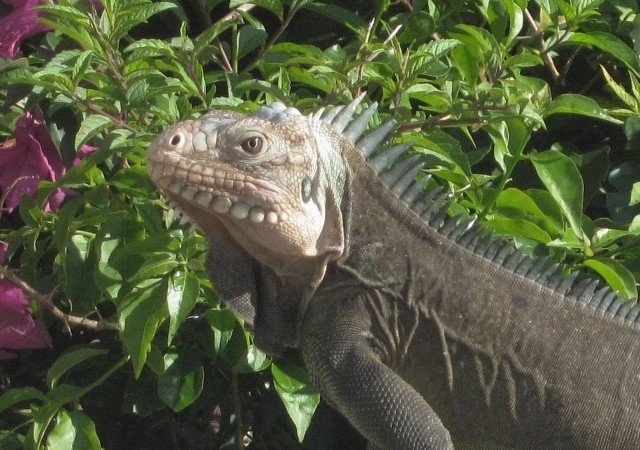
10 Comments
The Jetski
May 1, 2016 - 12:18 amEnjoy reading these, as always lovely informative account
annie
May 1, 2016 - 4:34 pmThanks Jetski. We have Alex with us now and he spent a very happy 20 minutes out on a Jetski…. We might persuade Hugh yet ? xx
Mark Stanley
May 1, 2016 - 10:04 amRe tender names – Please be advised that combined name names are so twee that not even a heavy layer of irony can rescue them from their rightful place in oblivion. IMHO of course…..Enjoying Hugh’s insights into the world of sailing technology and terminology.
annie
May 1, 2016 - 4:36 pmHugh is delighted that to hear that at least three people are reading his blog. As far as Hunnie is concerned I stand by our choice of ironic twee xx
Jim Lucas
May 4, 2016 - 9:44 pmHave you thought of ‘Nautilus’ as it seems to spend more time under water than atop or ‘Titanic’ or even Lettuce (being a name for an Iceberg) – I’ll get my coat..
annie
May 5, 2016 - 10:22 pmThank you Jim. Interesting suggestions which will get due consideration. You look good in your coat x
Peter baylis
May 1, 2016 - 7:12 pmThanks Annie. Your blogs are the best things I ever get in my mail.
annie
May 3, 2016 - 7:02 pmThanks so much Pete. That’s wonderful to hear, but I hope your mail isn’t all that dull xxx
Sarah Jahfar
May 3, 2016 - 12:28 pmLovely blog Annie. Dominica sounds amazing.
You have probably seen pictures on Facebook by now, but just in case not, Karen, Diana and I (plus 80 or so others) made it from Bristol to Paris by bike in 4 days and arrived at Eiffel Tower yesterday afternoon.
?
annie
May 3, 2016 - 7:01 pmHi Sarah
Thanks and many congratulations on your amazing achievement. Fantastique! Not too sore I hope xxx